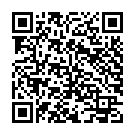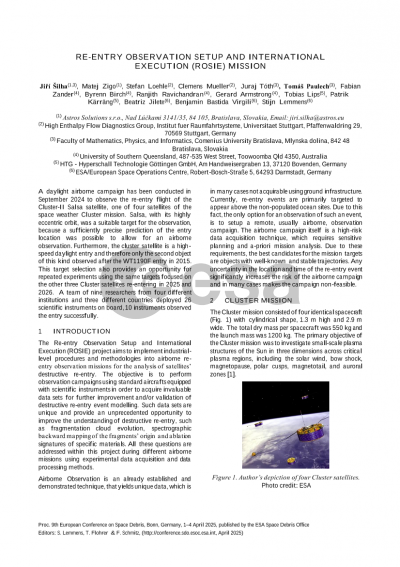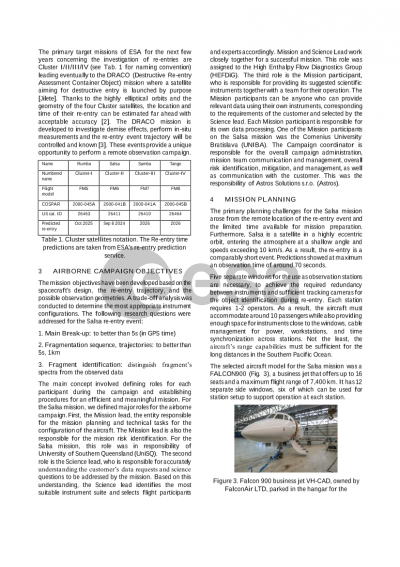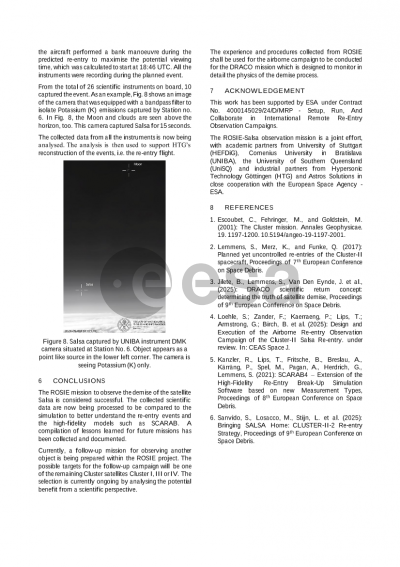Document details

Abstract
The Re-entry Observation Setup and International Execution (ROSIE) project aims to implement industrial-level procedures and methodologies into airborne re-entry observation missions for the analysis of satellites destructive re-entry. The objectives are to perform multiple observational campaigns using standard aircraft equipped with scientific instruments in order to acquire invaluable datasets required for further improvement of destructive re-entry event modelling. Such datasets are unique and provide an unprecedented opportunity to improve the understanding of destructive re-entry, such as fragmentation cloud evolution, spectrographic backward mapping of the fragments’ origin, ablation signatures of specific materials, and others. All these questions will be addressed by our consortium during different airborne missions using experimental data acquisition and data processing methods.
A daylight airborne campaign has been conducted during September 2024 to observe the re-entry event of the Salsa satellite, one of four satellites of the former ESA space weather Cluster mission. Salsa, with its highly eccentric orbit, was a suitable target for the observation, because a sufficiently precise prediction of the entry location was possible in order to allow for an airborne observation. Furthermore, the cluster satellite is a high-speed entry and therefore only the second object observed after the WT1190F entry in 2015. This target selection also provides an opportunity for repeated experiments using the same targets focused on the other three Cluster satellites re-entering in 2025 and 2026. A team of 9 researchers from four different institutions and three different countries deployed 26 scientific instruments on board being ready to detect the event.
The airborne observation mission ‘ROSIE-Salsa’ is a joint effort of academic partners from the University of Stuttgart (IRS/HEFDiG), Comenius University in Bratislava (CUB), the University of Southern Queensland (UniSQ) and industrial partners from Hypersonic Technology Göttingen (HTG) and Astros Solutions, in close cooperation with ESA. We will present the overall mission, its objectives, planning, coordination, and some first results.
Preview





